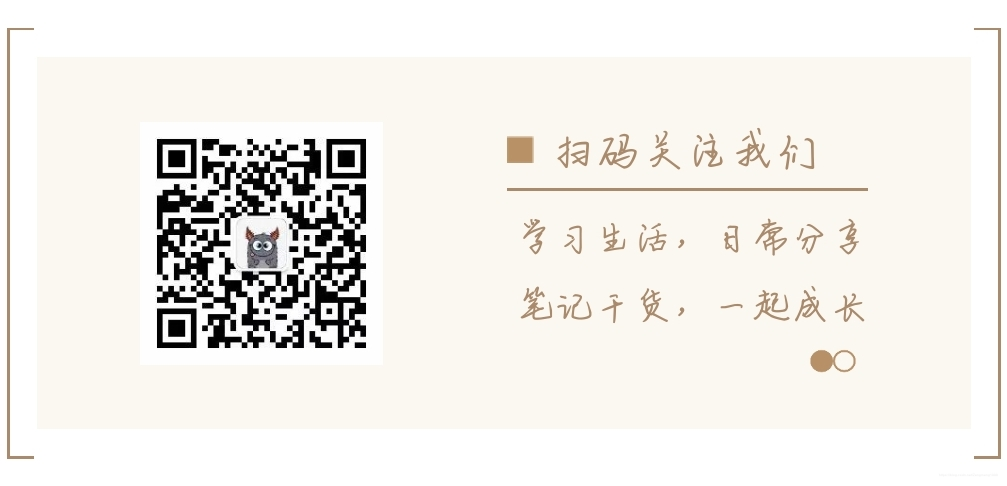Resume
Time flies so fast, the author is almost three years after graduation. The year I graduated from university, the author was holding a printed resume and shuttled through the huge campus, and shuttled through the noisy but large-scale job fairs. That year, shared bicycles of various colors were neatly lined up in every corner of the campus, and brand-new A4 resumes rustled in the wind in June.

Nowadays, in addition to daily development tasks, I also help my supervisor share the recruitment work. At present, 700+ candidates have been approached on a direct recruitment website. After reading hundreds of resumes, I found that there are still a large number of students who do not know how to write their own resumes. So this article combines some of my own experience and understanding, I hope to provide a little help for everyone to write resumes.
School recruitment resume
Mainly include the following:
1. Personal information
This part of the content strives to be concise and concise, and mainly includes your name, age, mobile phone number, current residential address and email address. The mobile phone number is used by the interviewer to contact you to communicate the interview time and interview results. The email address is used to send the company address, interview invitation, written test link, etc., and the current residence address is used by the interviewer to confirm whether the candidate accepts cross-regional work. There are several common errors in this part. First of all, there are a small number of candidates who write their mobile phone numbers incorrectly or write a mobile phone number that is not used very much, which causes the interviewer to be unable to contact them at all. The second is that it contains a lot of non-critical information that is not related to the interview, such as ethnicity, hometown, marital status, and personal hobbies.
2. Educational experience
Educational experience can contain three parts. The first part is your academic qualifications and major. The second part is to learn some basic courses. The third part is the place that shines in the educational experience, such as the TOP5 grade point and the ranking obtained in the competition. This part of the content also strives to be brief, because the interviewer will probably spend very little time scanning your academic qualifications and then assess whether it meets the company's recruitment requirements.
3. Project experience
Project experience is the core part of the entire resume, and it largely determines whether you can get an interview opportunity. For students recruited by the school, project experience mainly refers to some competitions and actual projects in the laboratory. For students recruited by society, it mainly refers to the enterprise projects involved in the previous work experience. The most common mistake in this part is the scattered project descriptions. "Many" means that candidates often pile up 4 or more project experiences. The author once received a resume containing10 project experience, Makes me smack. "Sparse" means that the project description is not general enough and detailed enough, lacking project background, personal responsibility content, technology stack used, problems encountered, and personal growth. The background and technology stack allow the interviewer to assess the degree of fit between the work experience and JD, while the problems and personal growth can reflect your problem-solving ideas and a summary of the previous work experience. Therefore, it is recommended that you write about 3 project experiences. Each project should be described in detail as much as possible, and the difficulties, solutions and results in the project should be highlighted as much as possible.
4. Personal skills
Personal skills are a summary of educational experience and project experience. This part strives to be objective and streamlined. Objectivity means that candidates should not exaggerate. For example, they have only written a simple CRUD and described in their resume as familiar with the development of large-scale high-concurrency systems. Candidates must understand that the resume is the basis for the interview. The interviewer will to a large extent dig into the underlying principles and optimize the plan based on the technology stack described on the resume. Therefore, the technology stack that appears on the resume must be something that I cannot be more familiar with. And streamlining refers to highlighting some of the skills that the JD needs most, and preferably advanced skills. For example, this JD is a big data development engineer, so you should not write non-related skills such as good at acting and hosting.
5. Extra points
A normal resume actually ends in the fourth step, but the IT industry attaches great importance to the ability of candidates to continue learning. Because technology changes with each passing day, only continuous learning can keep up with this technological era. And github projects, csdn, WeChat public account, Nuggets and other technical community articles can all be the embodiment of your learning ability. So if you have your own technical blog or personal website, you can attach these links.
Write at the end
Regarding resume resources, if you have a small partner who needs resume resources, the author’s official account backstage has carefully prepared a resume template for you

Reply to the keyword [resume] to get it!
Article from: There are counts in the chest. Luhui